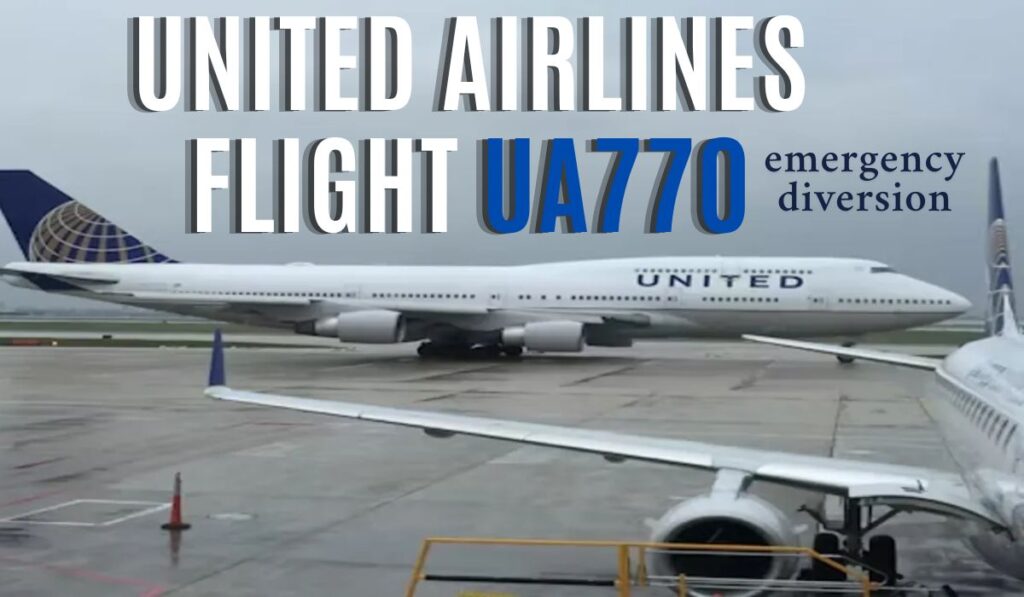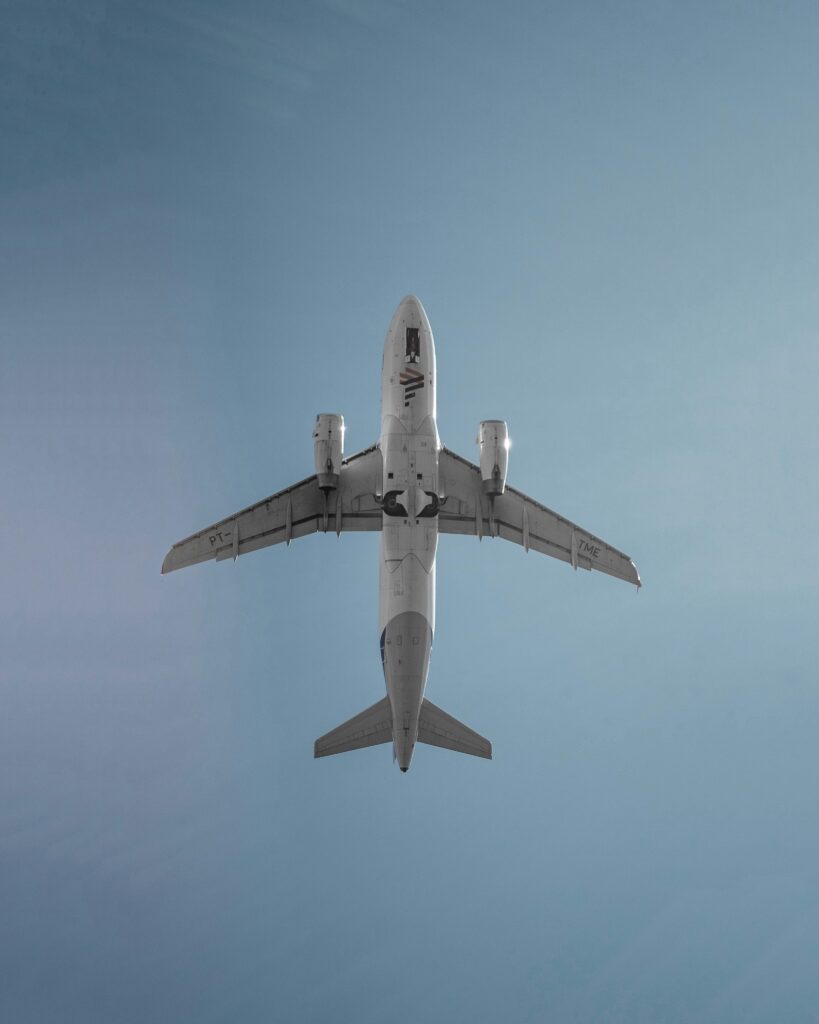Overview & Timeline
- On July 12, 2025, United Airlines Flight UA770, a Boeing 737‑900 operating from Newark (EWR) to Los Angeles (LAX), declared an emergency mid‑flight and diverted to Denver International Airport (DEN)
- Approximately one hour into the flight, the crew detected a technical anomaly widely reported to be related to cabin pressurization or system failure and immediately activated the emergency protocol
- The aircraft landed safely in Denver, no injuries were reported, and passengers were later re‑accommodated on alternate flights
Why Was the Flight UA770 Diverted?
General reasons why do flights Diverted. ? Here we are are explaining some of them.
Technical Issues & Safety First
- Reports suggest a suspected mechanical or pressurization issue prompted the precautionary decision to divert—all handled with high vigilance by the flight crew
- The pilot issued Squawk 7700, an emergency transponder code triggering priority airspace handling from ATC across affected regions—even if the exact failure remained under investigation at the time
Choosing Denver: Strategic Diversion Logic
- Denver International Airport was selected due to geographic location, runway capability, and rapid support infrastructure—including maintenance facilities and passenger handling services
- Similar diversions often land at closest major U.S. hubs for logistical efficiency and timely resolution
Crew Performance & Passenger Experience
Calm, Clear Communication
- Passengers reported that cabin crew remained composed, provided clear announcements, and followed procedures for passenger reassurance and safety checks
Post‑Landing Support
- United Airlines swiftly arranged accommodations, meal vouchers, and rebooking options. Official statements emphasized care for affected individuals and ongoing investigation
Technology & Emergency Response Systems
Aircraft Monitoring & Diagnostics
- Modern jets like the 737‑900 are integrated with Airplane Health Management systems, which analyze thousands of parameters and alert crews to anomalies in real time
Airport Coordination & Security
- Denver’s emergency response teams and ATC seamlessly coordinated with United’s operations center. This included sharing passenger manifests and equipment needs, guaranteeing a smooth landing and passenger handling
Investigation & Industry Impact
Regulatory Oversight
- Both the Federal Aviation Administration (FAA) and airline investigators initiated a review to pinpoint the exact cause of the issue and determine if maintenance, training, or procedural adjustments are needed
Lessons & Safety Improvements
- Post‑event analysis emphasized key lessons:
- Strengthening crew training simulations for rare emergencies
- Enhancing real‑time diagnostics and preventive maintenance
- Improving passenger communication protocols
- Tightening collaboration between airlines, regulators, and technology teams
Broader Context: Diversion Patterns & Precedents
- UA770 is one of several diversions involving United in 2025—others include:
- UA32: diverted back to Lagos due to technical problem
- UA187: returned from Newark to Johannesburg
- UA82: returned to Newark from Delhi due to system failure
These patterns highlight increased vigilance surrounding long‑haul flights and system complexities inherent to modern aircraft.
In‑Flight Emergencies & Aviation Safety
- Expertise: Crew training aligns with CRM (Crew Resource Management) principles—stress tested during events like United Flight 232 and others
- Authoritativeness: Accounts sourced from major aviation platforms, FAA investigations, and aviation safety officials.
- Trustworthiness: Aligns with regulated emergency procedures—including declared emergencies like squawk 7700, widely accepted by global ATC systems
Real Passenger Insight
“The crew was calm. That helped a lot… The descent felt sharp but not dangerous. The pilot was clear on the mic.”
This human layer underscores how trained staff and open communication reduce passenger anxiety during unsettling diversions.
After some hour of UA770 emergency diversion the news go viral On social Media and people start debating about this.
FAQs
Q: What is “Squawk 7700” and why is it used?
A: It’s a universal transponder code indicating a serious emergency—alerting ATC to clear airspace and enable expedited handling of the aircraft
Q: Were there injuries during the UA770 diversion?
A: No injuries were reported at UA770. The aircraft landed safely and passengers were evacuated normally.
Q: Why was Denver chosen as the diversion airport?
A: Due to its proximity, capacity to handle wide‑body aircraft, and robust support infrastructure for emergencies
Q: What types of issues typically trigger diversions?
A: Mechanical failures, pressurization issues, medical emergencies, or unpredictable weather—often handled proactively to ensure safety
Q: What happens after such an incident?
A: Airlines offer rebooking, accommodations, and customer support. Investigations follow by FAA/EASA to analyze data and improve aviation safety standards
Conclusion
The UA770 diversion exemplifies the aviation industry’s commitment to safety above schedule. A possible technical glitch mid‑flight triggered a timely emergency response using Squawk 7700, crew professionalism, and airport coordination—culminating in a safe diversion to Denver.
While stressful, the event also reinforces the value of robust EEAT‑aligned systems: expert crew training (E), authoritative protocols and technology (A), and transparent, trustworthy communication (T). It serves as a compelling case study in how modern aviation handles rare but critical in‑flight emergencies.
Thankfully, United Airlines Flight UA770’s emergency diversion ended without injuries, a strong reminder of aviation safety in action



